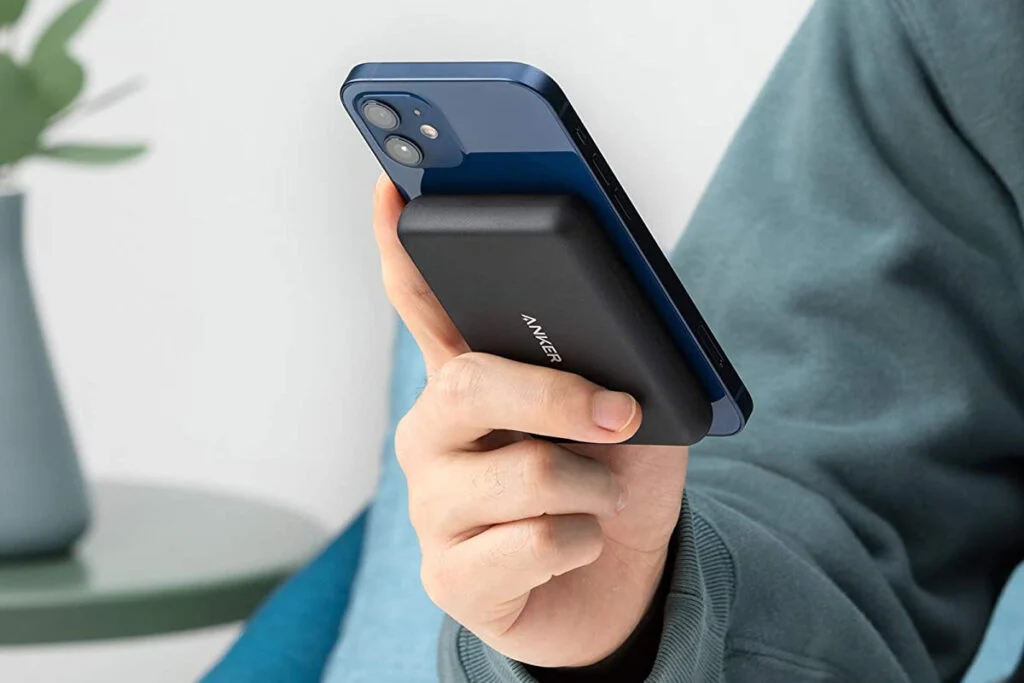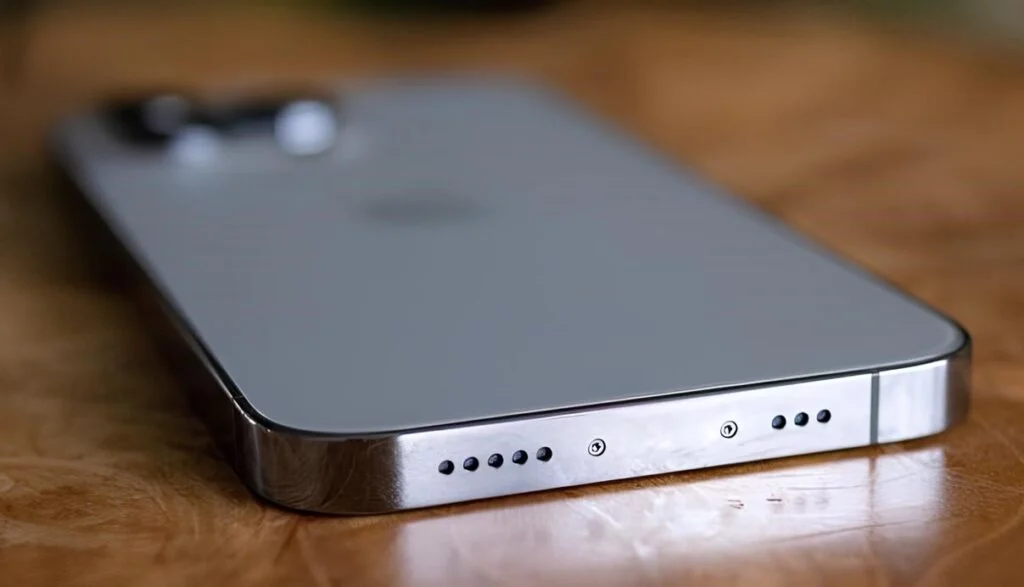Apple’s move to incorporate USB-C in iPhones might not last long, as the European Union (EU) has indicated that a portless iPhone would meet its regulatory requirements. Mark Gurman from Bloomberg reported that Apple had initially thought about launching the iPhone 17 Air as its first device without any ports but ultimately decided to stick with USB-C because of worries regarding EU regulations.
USB-C is Mandatory Only for Devices that Support Wired Charging
European Commission press officer Federica Miccoli has confirmed to 9to5Mac that devices that rely exclusively on wireless charging comply fully with EU regulations. Since these devices do not utilize wired charging, a Type-C port is unnecessary. Apple’s AirDrop already provides efficient data transfer capabilities.
According to EU regulations, USB-C is required only for devices that support wired charging. Therefore, a portless iPhone, which would charge solely through wireless means, would not need a USB-C port. This opens up possibilities for Apple to move towards a completely wireless future for its products. The EU aims to eliminate incompatible wired charging standards and is now advocating for the standardization of wireless charging technologies to avoid market fragmentation.
The Qi2 standard from the Wireless Power Consortium, which is backward-compatible with the original Qi and draws inspiration from Apple’s MagSafe, is expected to become the universal standard for wireless charging. This aligns with the EU’s goal of enhancing interoperability in wireless charging solutions.

While the iPhone 17 Air is expected to include a USB-C port, we might see entirely portless iPhones soon. Although Apple has not yet improved iPhone charging speeds, this potential shift to a portless design that relies entirely on wireless charging could also impact the Android market.
Some Android manufacturers are already developing charging systems similar to MagSafe, but most devices lack built-in magnets. While official magnetic cases can work, they do not provide the same seamless experience as Apple’s MagSafe. Users may want to charge their phones without a case for better heat dissipation, but this can lead to the loss of essential functionality. Additionally, many Android devices still do not support wireless charging at all.
In conclusion, we not only look forward to the arrival of a portless iPhone soon but also hope to see Android manufacturers place a greater focus on enhancing wireless charging capabilities.
For more daily updates, please visit our News Section.

